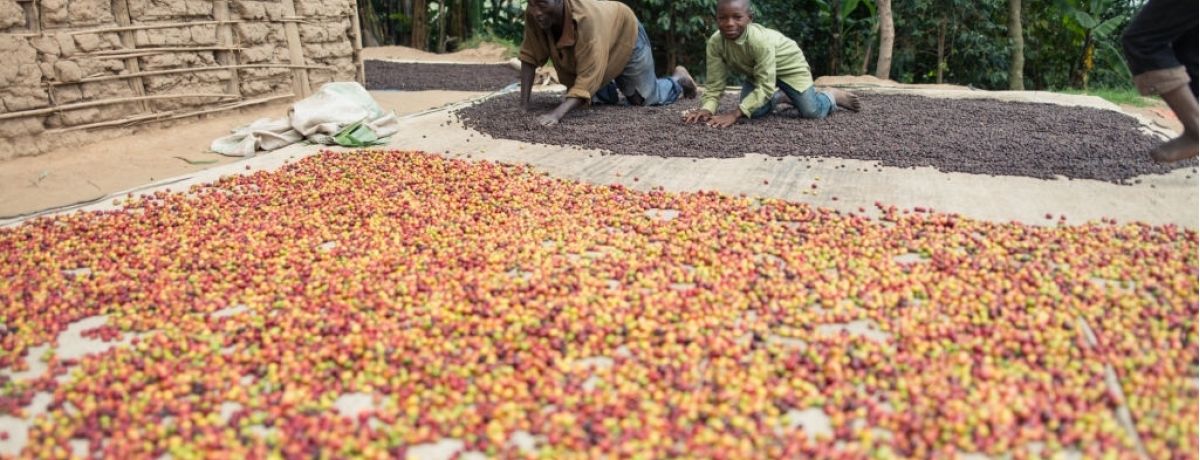
Reflections on Direct Trade of Coffee
Was 2 months ago that the Ethiopian Coffee and Tea Authority has announced it will authorize regional offices to grant export permits to farmers who have at least 2 hectares of farmland. In this blog, we aim to put some good points about direct trade and invite our readers to contemplate furthermore upon the practicality of direct trade in the Ethiopian coffee market context.
Direct trade is a coffee trading model that offers the promise of a stronger value chain achieved by minimizing the number of intermediaries. It is a concept that is heavily linked with the ideals of third-wave coffee culture, often described as a tool used to enable “relationship coffee”, which is where the producer and buyer are directly connected to improve transparency, traceability, and quality.
Cutting out the traditional “middleman” buyers and sellers to improve direct communication and maximize profit at both ends makes sense, and sounds great in theory. However, in practice, direct trade isn’t always that straightforward and more often than not, producers bear the brunt of its shortfalls if it fails.
WHAT IS DIRECT TRADE?
Direct trade started as a term used by coffee roasters to describe the practice of buying straight from producers, which is intended to eliminate the traditional role of the exporter and importer.
It is a way of trading coffee that focuses on a direct relationship between producer and buyer to improve communication, quality, transparency, and sustainability.
Direct trade first came about in response to the traditionally segmented coffee supply chain, which has historically been criticized for low transparency and traceability. While things are changing, in the traditional model, coffee producers have less negotiation power, less profit, and find it more difficult to engage with quality control or sustainable production systems.
This disconnected supply chain also widens the rift between producer and consumer, which can lower the chance that coffee is sourced ethically.
According to Ethical Coffee, proponents of direct trade claim the model builds mutually beneficial and respectful relationships between buyers and individual producers or co-operatives. Some roasters may also choose to do so because they want to have more control over any one of some variables; this ranges from the quality of the coffee to social issues and environmental concerns at the origin.
It’s important to remember that direct trade is an approach and not a certification. This means that when you see “product of direct trade” labels on coffee packaging, it doesn’t necessarily mean that no intermediary was involved; just that the buyer or roaster has direct communication in some capacity with the producer. Some roasters avoid using the label completely to avoid confusion, while others interpret and apply it more freely.
A HIGH-MAINTENANCE & OFTEN HIGH-RISK BUSINESS
Direct trade requires both producers and buyers to have access to certain skills and resources to function effectively. Without these, the transaction can easily go haywire and both sides will be left exposed and vulnerable.
Additionally, because the direct trade model is far from the status quo of coffee trading, it subsequently lacks pre-existing regulations and frameworks to protect the parties involved. Some of the key risks include contract & payment issues, unreliable delivery, or quality unmanageable bureaucracy & Logistics.
